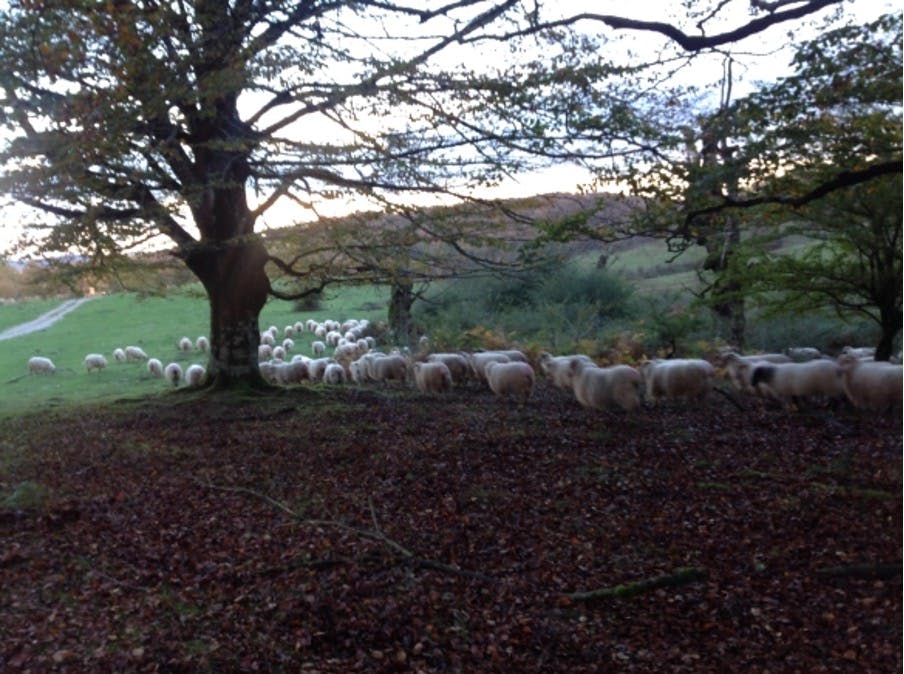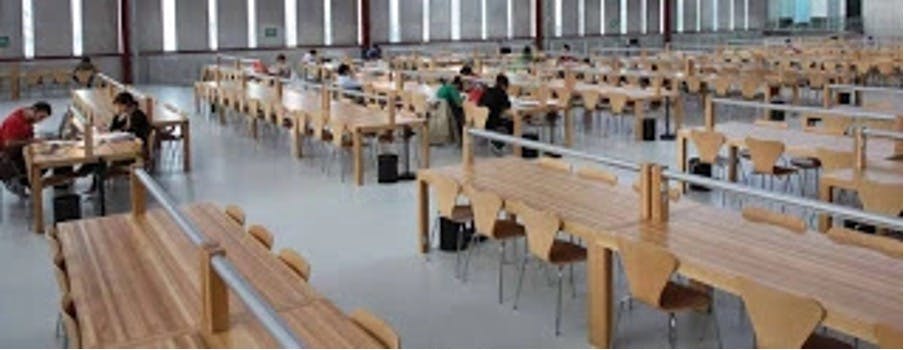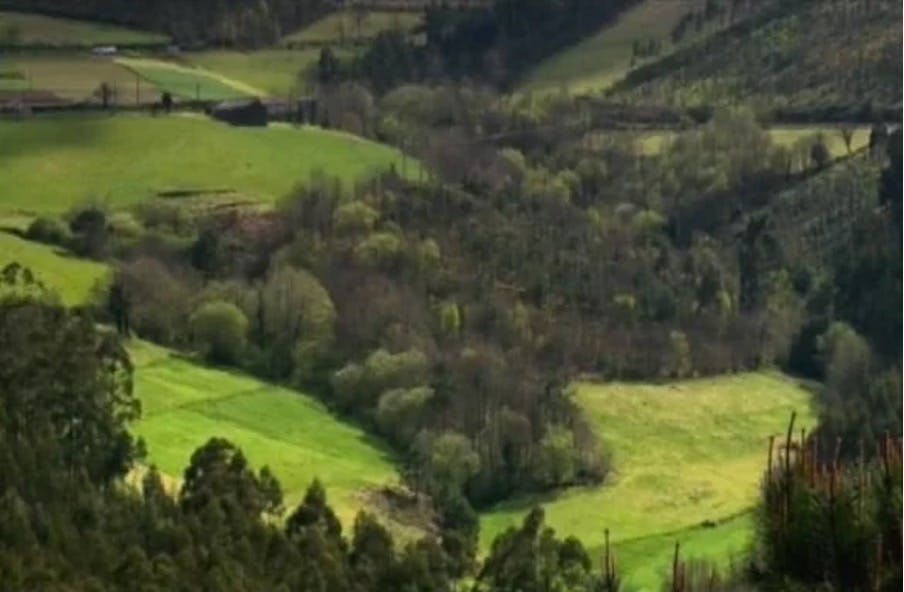Bottom up success amongst the eucalyptus
Nov 11, 2014
With a history of fires in Spain, particularly after the introduction of eucalypts in the 19th century there is something to be learned from the success of the locality of Trabada in Spain’s north western region of Galicia.
Now 760,000 hectares in Spain, are covered in eucalypt forest, the vast majority in Galicia. According to the government’s yearly report released in November 2013, 16 000 hectares of eucalyptus forest in Galicia were burnt, this is considered not a bad year for Galicia as many years have fared worst.
Along the same latitude and with the same rainfall, ancient broad leaf forests in neighbouring Asturias, Santander, and the Basque country have a minimal fire risk. The leaf litter of oaks, beeches, and maples contribute to the build up of nutrients in the soil, creating fertile top soil, and greater humidity on the ground. The heavy shade given by the fire retardant broad leaf canopy helps to retain moisture, suppress flammable under storey, and reduce fire risk.

Heavy leaf litter in the beach and oak forest at Urbasa in the province of Navarre, northern Spain.
By contrast, less than 300 km away the eucalyptus forests in Galicia are described by the locals as “crunchy”, describing how it feels to walk on the forest floor. These eucalyptus forests are, like ours here, very flammable. The production of large amounts of litter high in phenolics make these forests very high in dry fuel on the ground, and also with loose bark hanging from trunks that helps to carry fire into the canopy. Eucalypts are described as pyrophilic, meaning that they are not only flammable, but that they actively create the conditions for hot fire, as their way of advantaging their species to suit their own regeneration after fire.
So the broadleaf forests in north western Spain can be considered fire retardant, and the neighbouring eucalypts forests with the same rainfall, at the same latitude, as the native forests, are highly flammable.
Trabada, where the risk of Fire Destruction is low
The small locality of Trabada in Galicia can be considered an example of sustainable forest management in eucalypts forest which decreases the risk of fire destruction. Nearly 30% of fires in Spain from the year 2001 have happened in the region of Galicia. Since then, Trabada surrounded by eucalyptus forests, has only had 5 very small fires.
Access and fuel reduction
In Trabada the forests are partitioned, accessible, and separated by small farms. Access tracks allow entry for fire fighters as well as locals who manage the forest with pruning, thinning, and scrub clearing fire prevention measures. Also ensuring lesser fuel build up, and using the forest harvests as a resource for winter fire wood and other timber uses.
Low impact timber sourcing, lowers risk
When the timbers can be used for on-site consumption rather than shipped away to distant markets, the demand for timber and the impact on the forest is smaller. In other words large plantation forests have higher fire risk and damage due to fire.

Eucalyptus timber used to furnish the university of Lugo, Galicia.
The forests need people to reduce fire risk
The extensive eucalypts forests established in Galicia 50 years ago are not the only culprit behind the destructive fires. The migration of people away from rural areas that has taken place since then means no sustainable forest management plans are in place in many near by areas. Addressing the issue in 2011, the socialist senator Miguel Fidalgo, said that “Forests will cease to burn once they become part of people’s livelihood”, and called for forest management including the introduction of livestock and a return to life in rural areas where the forest is in the hands of the locals. And so people are understood as an asset to the land and not a threat.

Trabada small land partions with deciduous trees surrounds the town.
Integrating agriculture, animals, and timber sourcing
Trabada has a population of just under 2000 employed primarily in local the agriculture, small scale livestock, and the timber sourcing economy. These activities are integrated as part of the sustainable forest management of the locality. And all though the locality is surrounded by eucalyptus forests, the vegetation around the town includes oaks, chestnuts and other broad leaf deciduous trees work as a fire deterrent buffer.
A collective effort
As part of the fire prevention plan in Trabada it is well understood that relying on authorities to rescue the residents and put out the fires is not a way to face the fire season. The residents of Trabada have a history of fire fighting with the whole town turning up to stay, defend and fight the fires. As the locals are proactive in their fire prevention strategy their homes are defendable and they can stay and defend rather than flee. The main Spanish News paper El Pais details in this article the success the town has, as a locality that sees forest management as an essential part of fire prevention.
Conclusion
The modern urbanised approach to fire in Australia is at opposite ends to the attitude and skill exercised towards fire in Trabada. With increasing powers, in Australia, authorities can now force evacuation. This is a consequence of the degree of home loss to date. Residents are still not allowed to remove the highly flammable natives in their own backyard. The general assumption, is that fire prevention is the government’s responsibility. While fire approaches many of us sit, dependent on the authorities, waiting to be told when to leave.
We can now stop expecting our governments to make any significant changes and instead challenge the specific laws that are an obstacle to our own safety such as legislation regarding tree removal. There is a lot more we can do. We can learn to source timber and reduce fuel build up in our communities. Regional systems allocating trees and fuel to communities exist elsewhere and are not hard to implement with positive effects to our forests. We have remarkable and sophisticated organisations to address fire damage, such as our “best in the world” fire fighters, and the fire damage assessment teams, and the insurers, just to name a few. Surely we can develop, sound preventative measures against fire destruction at a local level too.